The machine shown is an advanced diamond screening device designed to identify lab-grown diamonds, including those created by the Chemical Vapor Deposition (CVD) and High-Pressure High-Temperature (HPHT) methods.
Key features :
- Automatic Detection: The device automatically detects lab-grown diamonds in both loose stones and mounted jewelry, streamlining the screening process.
- High Accuracy: It boasts a high level of accuracy, often exceeding 98% in automatic detection mode, and can be used in conjunction with more advanced screening methods for even greater certainty.
- Differentiation: The technology employs various methods, such as spectroscopy, UV fluorescence imaging, and examining growth characteristics, to distinguish between natural and lab-grown diamonds. This involves analyzing differences in their atomic structure, trace elements, fluorescence patterns, and internal growth features.
- Scanning Area and Versatility: Devices like this often have a generous scanning area, accommodating a wide range of jewelry and loose diamonds, from very small stones (e.g., 0.003 carats) to larger pieces like necklaces.
- Efficiency: They typically offer fast scanning times, with some models completing the process within 25 to 45 seconds, making them suitable for high-volume screening.
- Reporting: Many devices generate detailed and customizable reports of the screening results, which can be printed or downloaded, providing crucial documentation for businesses.
- User-Friendliness: They are often designed with user-friendly interfaces and features like zoom options and position pointers for ease of use, even for non-expert operators.
- Safety Features: Some instruments incorporate safety features, such as UV leak-proof technology, to protect users and ensure accurate results.
- Mobility: Some devices are designed to be portable or desktop-sized, allowing for convenient use in various settings like jewelry stores, workshops, or laboratories.

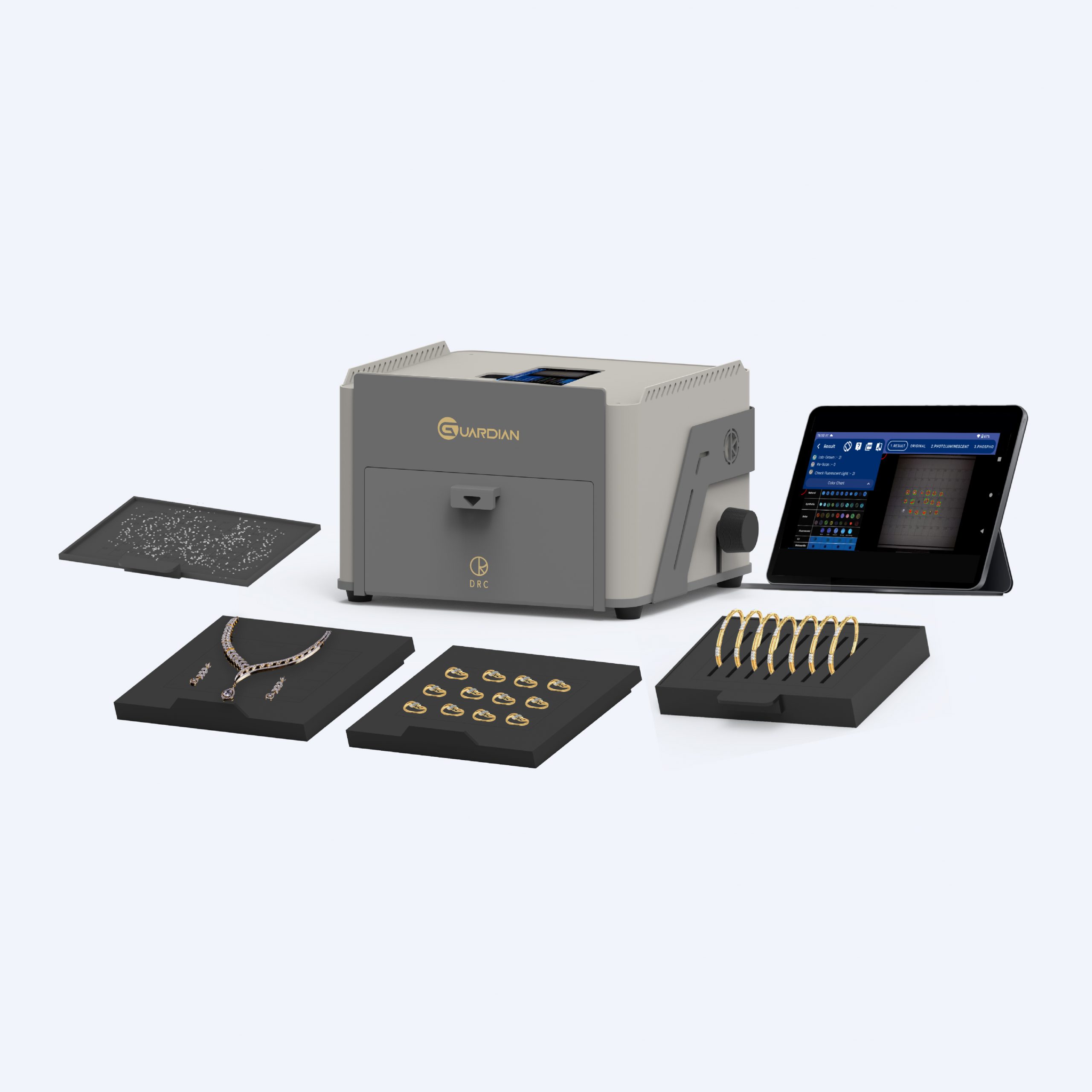
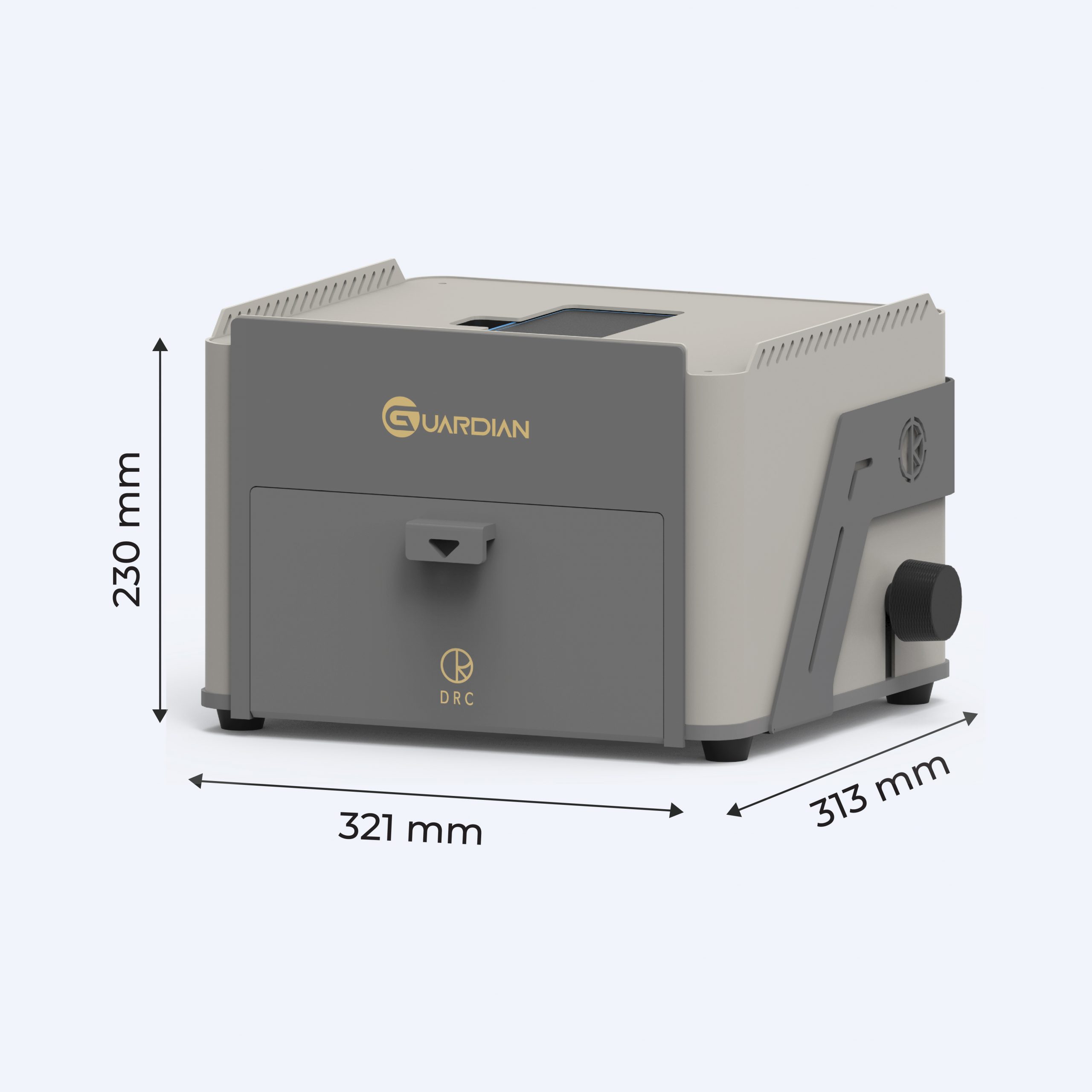
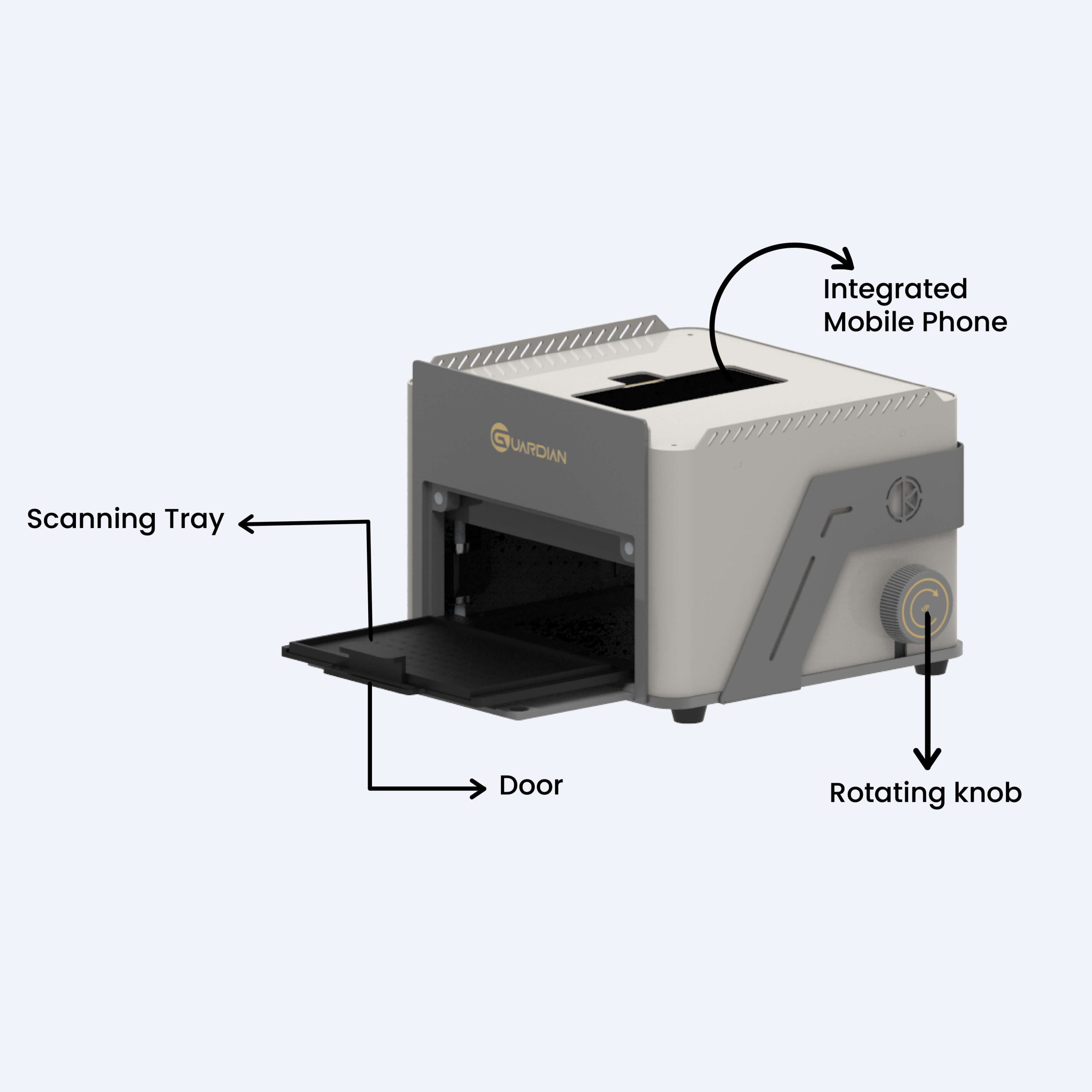
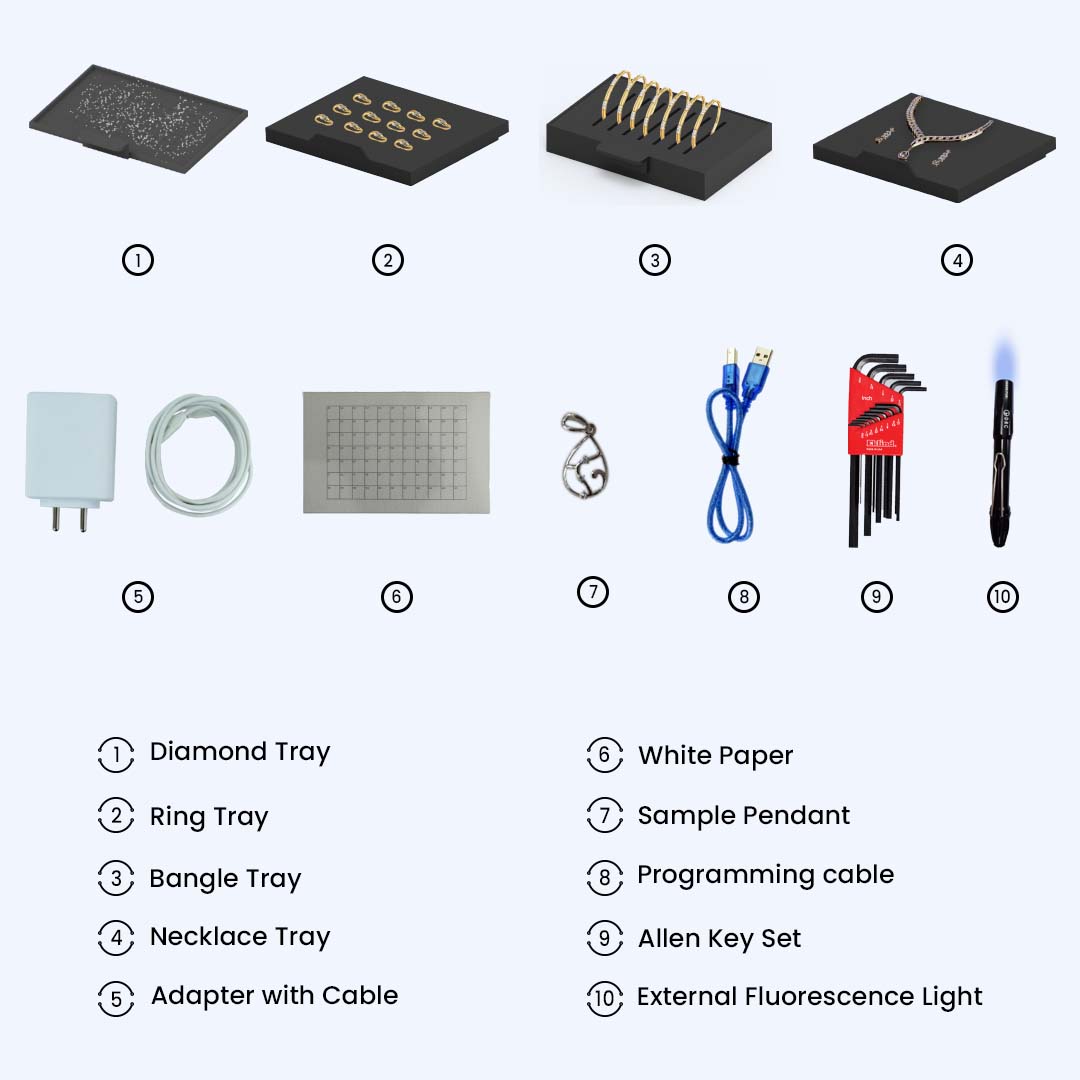
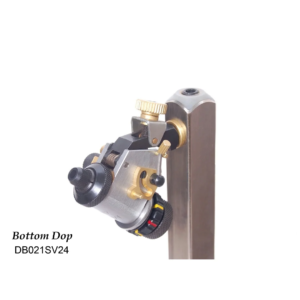
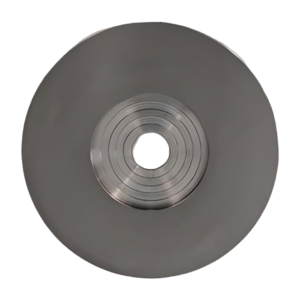

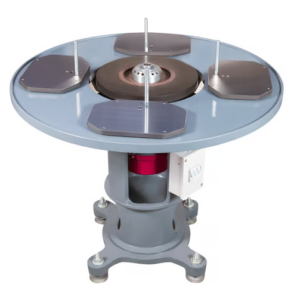
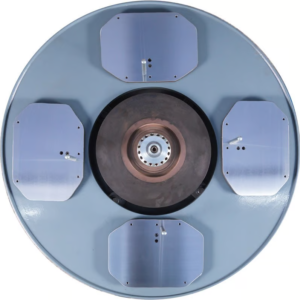
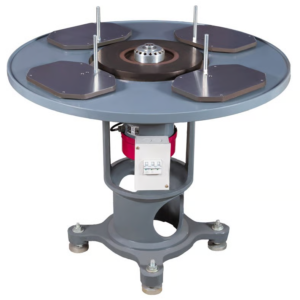
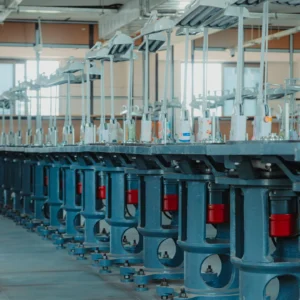
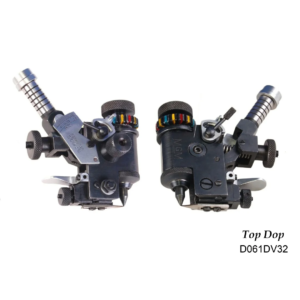


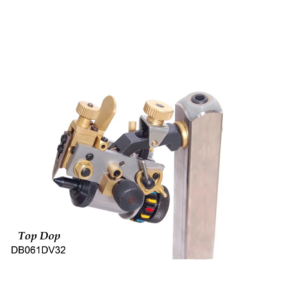
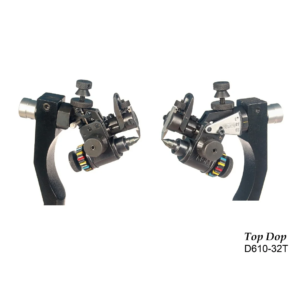
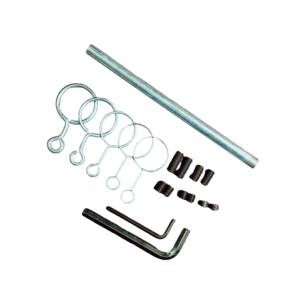
 No products in the cart.
No products in the cart.
Reviews
There are no reviews yet.